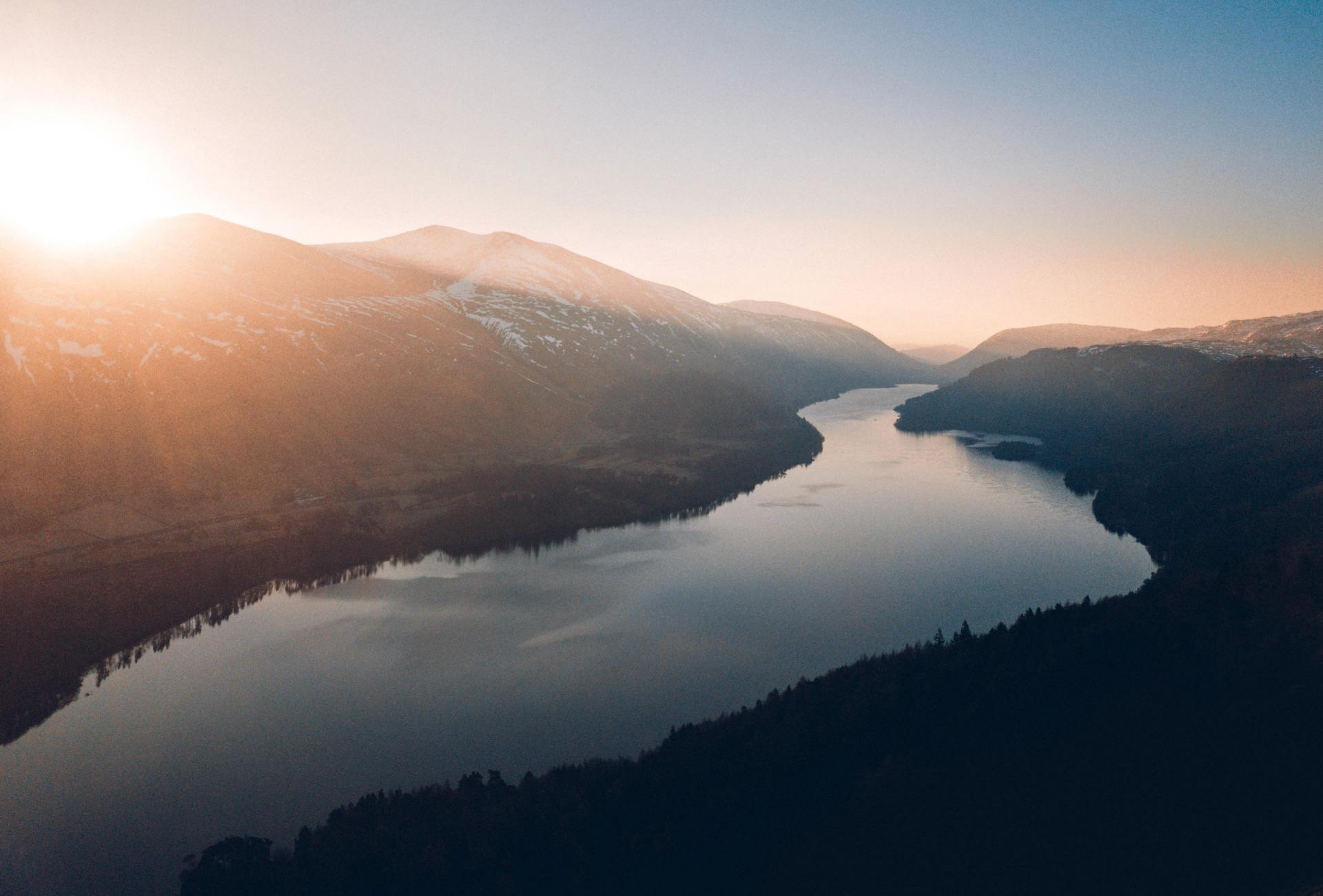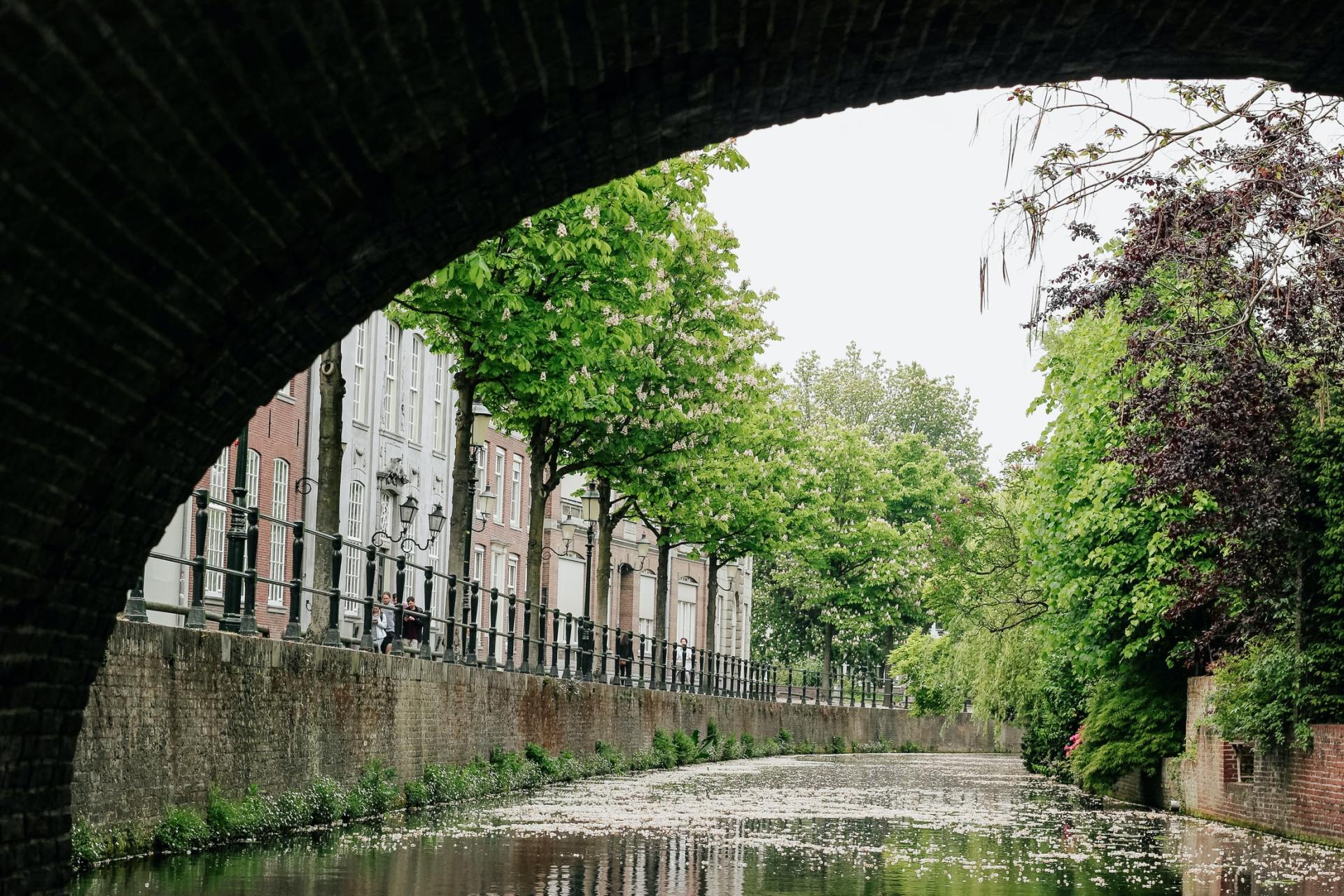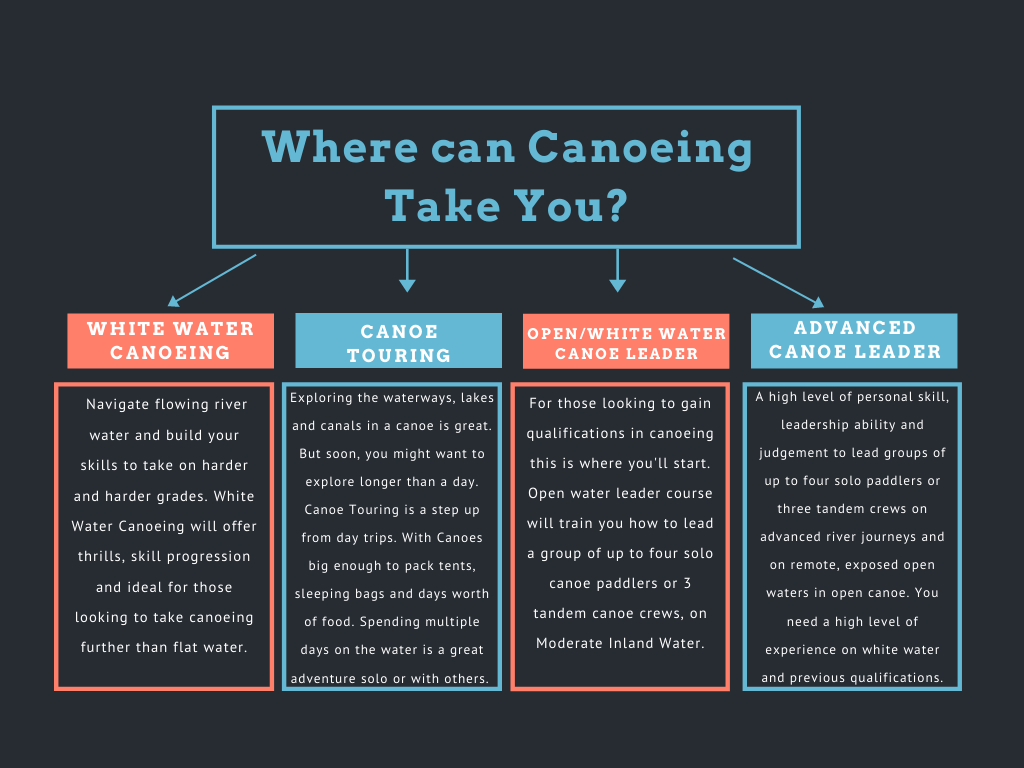- Home
- About
- Go Paddling
- #ShePaddles Cymru
- Qualifications & Awards
- Competition
- Resources
- Access to Waterways
- Ceufad
- Club Support and Affiliation
- COVID-19 Guidance
- Discounts and Special Offers
- Event Planning and Safety
- Insurance
- Craft Insurance
- Protecting Our Environment
- Safeguarding and Child Protection
- Report an Incident
- #ShePaddles Cymru Champion Club Programme
- The Canoeing Code
- Young Volunteers
- Shop
- Environmental and Access
- Standards For Deployment
- AGM 2024
The canoe is a popular paddling boat that has been used for thousands of years. Now it is used for more recreational paddling, often on beautiful lakes, with stunning vistas, offering the perfect day out. With enough space for multiple people, extra gear and of course a picnic for the day. The canoe is the perfect boat for a couples day out or a family paddling trip.
To get you started and into your canoe we have all the tips, tricks, safety info and recommendations to get you paddling in no time!
What's Canoeing About?
A canoe is a traditional craft that was used for transport across bodies of water. Now, canoeing is more of a recreational activity with people using them for relaxing day trips, expeditions and adventures. The best thing about canoes is they can be used on any body of water, from crystal clear lakes to faster flowing rivers. From family trips to solo expeditions, this paddling activity is really versatile and available to anyone of any age and any ability!
How to Get Started
The best way to start canoeing is by renting one at your local lake or flat river and experience what paddling a canoe is all about. Another great way to get started is by taking an introduction to canoeing course. You'll have a qualified instructor to show you the basics (like how to carry a canoe, pack it and paddle it), give safety tips and teach you what to do if you fall out. Alternatively, find a club near you and join a group of like-minded paddlers, learn from their experiences and go on great paddling trips as a group to grow your confidence.
Do You Have Your Licence To Paddle?
Before you set off on the water with your boat, you must make sure you have a licence for the waterways you're paddling. Canoe Wales On the Water membership includes a waterways licence for 4,500km of waterways within Wales and England. We will also send you regular updates about the waterways so you have the updated information, first.
Tips for Canoeing
List of services
-
It's All About Balance!Item link List Item 1
The middle of the boat tends to be the best place to sit and balance the boat. But play around with it: sit in different places in the boat and see how it responds with not only you, but with someone else in the boat as well. Knowing the boat's balance will help you position yourself right and stop you falling out!
-
Start Slow and SteadyItem link List Item 2
Begin with small, quick strokes to get the boat moving. Once you feel comfortable and have control, make your strokes larger to build up the speed and power. As a beginner, take the time to explore what the different strokes do.
-
Steer at the RearItem link List Item 3
Once the paddle is behind you, it's no longer moving you forward but it can help point the boat in the direction you want to go. Like a sailboat, your paddle at the back of the boat acts as a rudder. Play around with this stroke while your speed is slow and fast. Build confidence as this is important to learn.
-
Keep Your Core TightItem Link
Believe it or not, paddling and the control comes from the core as well as your arms. Keeping your posture upright and your core tight while you paddle will generate the most power in your strokes and move the effort from your arms to your centre.
-
Go with the FlowItem link List Item 4
Once the boat is moving, let it go with the flow. Frantic paddling will just lead to you becoming exhausted. Relax and enjoy the movement of the canoe through the water, take in the sights and breathe in the fresh air.
-
Know Your LimitsItem Link
Know where you're going, have a plan and a back-up plan. Navigation on the water in a canoe is important to learn. To understand the rivers, lake trails and canal routes, you need to know the limits of what you're comfortable paddling.
The Gear You'll Need for Canoeing
List of services
-
Canoe & PaddleItem link List Item 2
As a beginner you may chose to rent a canoe or paddle from a local company or club to begin with. But if you have become hooked, it is time to invest in your own. Before you take your canoe onto the water, make sure it is paddling-ready and all maintenance is up to date.
-
Buoyancy AidItem link List Item 1
This is an essential piece of gear for paddling a canoe. Don't forget it! Buoyancy aids are important as they will keep you afloat if you were to fall in and become seperated from the canoe. From children, to adults, even pets! There is a buoyancy aid suited to everyone.
-
HeadgearItem link List Item 3
It's rare you won't need something on your head while canoeing. A wide-brimmed hat or peaked cap on sunny days, a beanie in the colder months - and for those who advance to white water, you'll need a helmet to protect your head in case you fall out the boat.
Canoeing Safety Tips!
List of services
-
Canoe & Paddle MaintenanceItem link List Item 1
Before you get on the water you should do a check of your boat and paddle. Make sure that they are "water ready". You want to look out for holes, deep scratches and general wear and tear. Make any repairs before you get on the water and don't chance it.
-
What Are You Wearing?Item link List Item 2
While you may plan for a gentle paddle on flat water, there is still a chance you might fall in. Make sure you're dressed in clothes that will keep you warm if you were to get wet - avoid jeans or cotton if possible. Choose your clothes responsibly: we recommend fleece with a waterproof layer on top, or neoprene layers for paddling.
-
Tell Someone Where You're GoingItem link List Item 3
Whether you're paddling alone or with your family, let someone else know your plans for the day. Whether that is a quick text or a morning chat with your neighbour. This means people know when to expect you back and, if you don't return, to alert the authorities if they can't get hold of you.
-
Are Your Essentials Waterproofed?Item Link
The highlight of trips on a canoe are the memories you make and of course, documenting the trip. It's likely you'll want to take cameras and phones with you. Make sure these are secured in a dry bag or waterproof pouch which can be attached to the boat or yourself for safety.
-
Do You Have Drinking Water?Item Link
Canoeing is thirsty work! While you may be paddling in fresh water lakes, rivers or canals, the water is often not suitable for drinking. Make sure you pack enough fresh water for the day and a bit more, just incase.
-
How's Your Knowledge?Item Link
Do you have a trail you're following? Have you checked the weather, the water conditions and understand the abilities needed to paddle that waterway? Always know and understand not only your limits, but the limits of those you might be paddling with.
Where Can You Paddle?
OUR PARTNERS
Canoe Wales | All rights reserved.
Website Design by Website Sorted
CANOE WALES, CANOLFAN TRYWERYN, FRONGOCH, BALA, GWYNEDD, LL23 7NU | Company No. 02478971 | VAT No. 115151262












